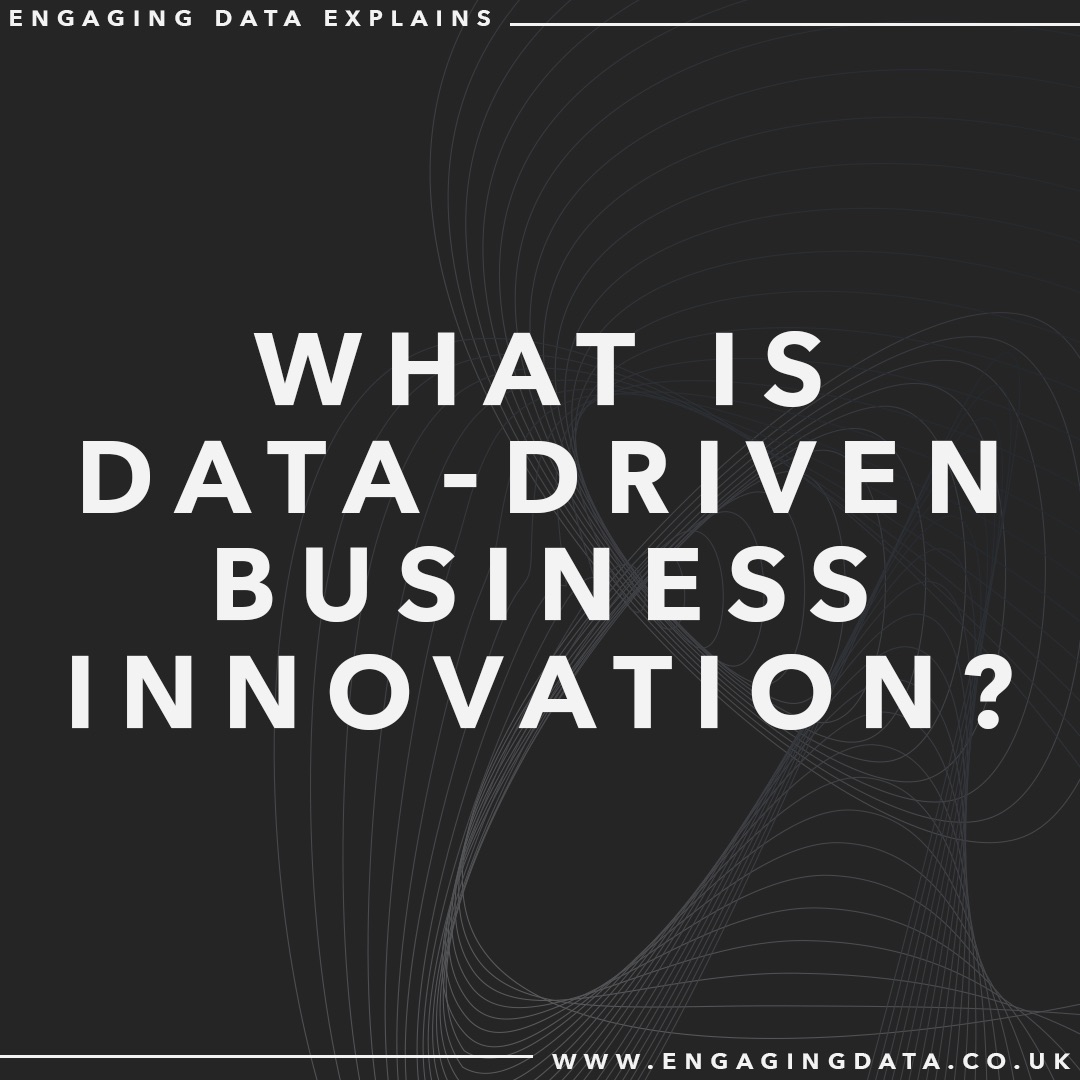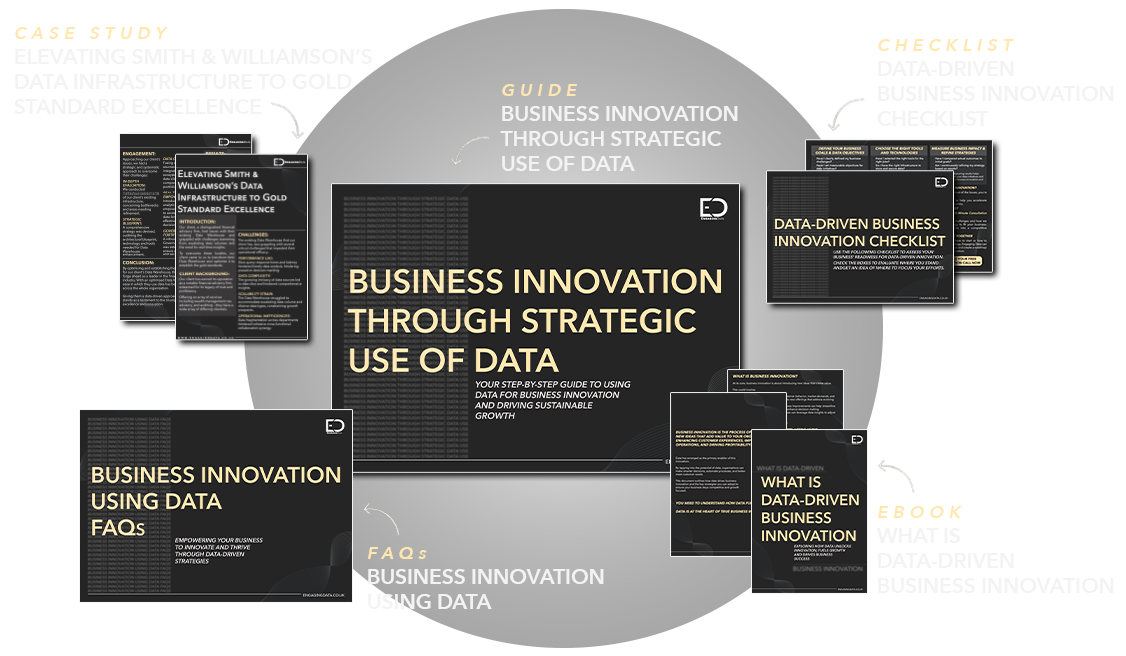Is Data-Driven Innovation the Future of Business?
The ability to innovate and adapt is more crucial than ever.
Companies leveraging data-driven innovation are finding new ways to acquire customers and increase profitability.
The surge in data-driven approaches underscores a pivotal shift in how businesses operate and compete.
Data-driven innovation is more than a trend; it represents a transformative shift that enables companies to make informed decisions, optimise operations, and deliver tailored customer experiences.
As the business environment continues to evolve, it’s evident that data-driven innovation is not merely the future of business – it is an essential aspect of success.
Understanding Data-Driven Innovation
What is Data-Driven Innovation?
Data-driven innovation refers to the process of leveraging large volumes of data to uncover insights, inform decision-making, and drive new business opportunities.
Unlike traditional innovation, which often relies on intuition or historical trends, data-driven innovation harnesses the power of processes like data analytics, machine learning, and artificial intelligence to predict outcomes and optimise processes.
Why is Data-Driven Innovation Important?
The importance of data-driven innovation lies in its ability to provide a competitive edge in an increasingly data-saturated world.
Businesses that can effectively harness their data can identify trends, respond swiftly to market changes, and offer superior products and services.
In essence, data becomes a strategic asset, enabling companies to innovate faster and more effectively.
Key Elements of Data-Driven Innovation
- Data Collection – Gathering data from various sources, including customer interactions, market trends, and internal processes.
- Data Analysis – Using advanced analytics tools to interpret and make sense of the collected data.
- Actionable Insights – Transforming data analysis into practical insights that can inform strategy and drive innovation.
By integrating these elements, businesses can transition from reactive decision-making to proactive, insight-driven strategies.
This shift not only fosters innovation but also enhances overall business performance, making data-driven approaches indispensable for future success.
Discover how data-driven business innovation is transforming businesses.
Check out this blog post!

The Impact of Data-Driven Innovation on Your Industry
Data-driven innovation has revolutionised various industries by enabling companies to harness the power of data for competitive advantage.
Financial Services
In the financial sector, data-driven innovation has improved risk management, personalised customer experiences, and streamlined operations,
Financial institutions are now better equipped to detect fraud using advanced analytics and machine learning algorithms, offering tailored products through data insights, and optimises investment strategies by analysing market trends in real-time.
Manufacturing
Manufacturing companies utilise data-driven approaches to enhance production efficiency, predict maintenance needs, and reduce downtime.
By leveraging predictive analytics, manufacturers can foresee equipment failures and maintain optimal operational performance.
Data from IoT devices enables real-time monitoring of machinery, helping to reduce unexpected breakdowns and increase productivity.
Furthermore, supply chain optimization through data analytics helps manufacturers minimise waste and improve delivery times, leading to cost savings and improved customer satisfaction.
Retail
In retail, data-driven innovation helps in understanding consumer behaviour, optimising inventory, and personalising marketing efforts.
Retailers can now offer more personalized shopping experiences and anticipate customer needs more accurately by analysing purchasing patterns and customer feedback.
Additionally, targeted marketing campaigns based on customer data enhance engagement and drive sales, creating a more tailored and satisfying shopping experience for consumers.
Want some real-world innovation examples?
Read our case studies and learn how we delivered innovation and transformed organisations by using data-driven initatives.
Benefits of Data-Driven Innovation
Enhanced Decision-Making
Data-driven innovation empowers businesses to make more informed and precise decisions by leveraging real-time data insights.
This leads to better strategic planning and operational efficiency.
Increased Efficiency
By utilising data to streamline processes, companies can reduce costs, minimise waste, and improve overall productivity. Data-driven insights help you in identifying bottlenecks and areas for improvement.
Improved Customer Experience
With access to detailed customer data, businesses can offer personalised experiences that meet individual customer needs. This not only boosts customer satisfaction but also enhances loyalty and retention.
Challenges of Data-Driven Innovation
Now, we never said that data-driven innovation would be easy – but it is worth it!
Data Quality and Security
Maintaining high-quality data and ensuring data security are significant challenges.
Companies must invest in robust data governance practices to protect sensitive information and maintain high data integrity.
Skill Gaps
The shift to data-driven innovation requires skilled professionals who can analyse data and extract meaningful insights.
Businesses must invest in training and development to bridge these skill gaps.
Organisational Change
Adopting a data-driven approach often necessitates cultural and structural changes within an organisation.
Companies need to foster a data-centric culture and ensure alignment across all departments.
The Future Outlook
Emerging Technologies
Emerging technologies such as artificial intelligence, machine learning, and the Internet of Things (IoT) will continue to drive data-driven innovation.
These technologies will enable businesses to derive even deeper insights and create more innovative solutions.
Strategic Recommendations
To stay ahead, companies should prioritise data-driven innovation by investing in the right technologies, building skilled teams, working with experts, and fostering a culture of continuous learning and adaptation.
Get more insight on how to build skilled teams and working with experts.
Check out this blog post!

Our Final Thoughts
Data-driven innovation is undeniably shaping the future of business.
Companies that embrace this approach are better positioned to adapt, compete, and thrive.
By leveraging data as a strategic asset, businesses can unlock new opportunities, enhance efficiency, and deliver exceptional customer experiences.
The time to invest in data-driven innovation is now, ensuring you a sustainable and successful future.
Ready to transform your business with data-driven innovation?
Download our Data Innovation Toolkit.
Start harnessing your data and drive your business forward.

